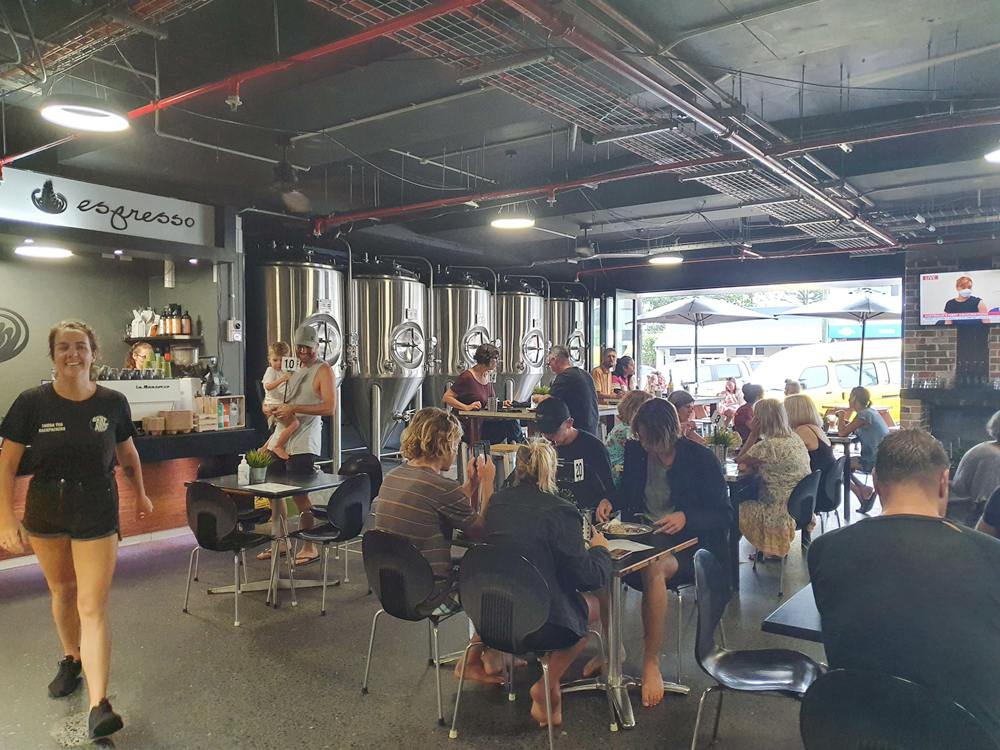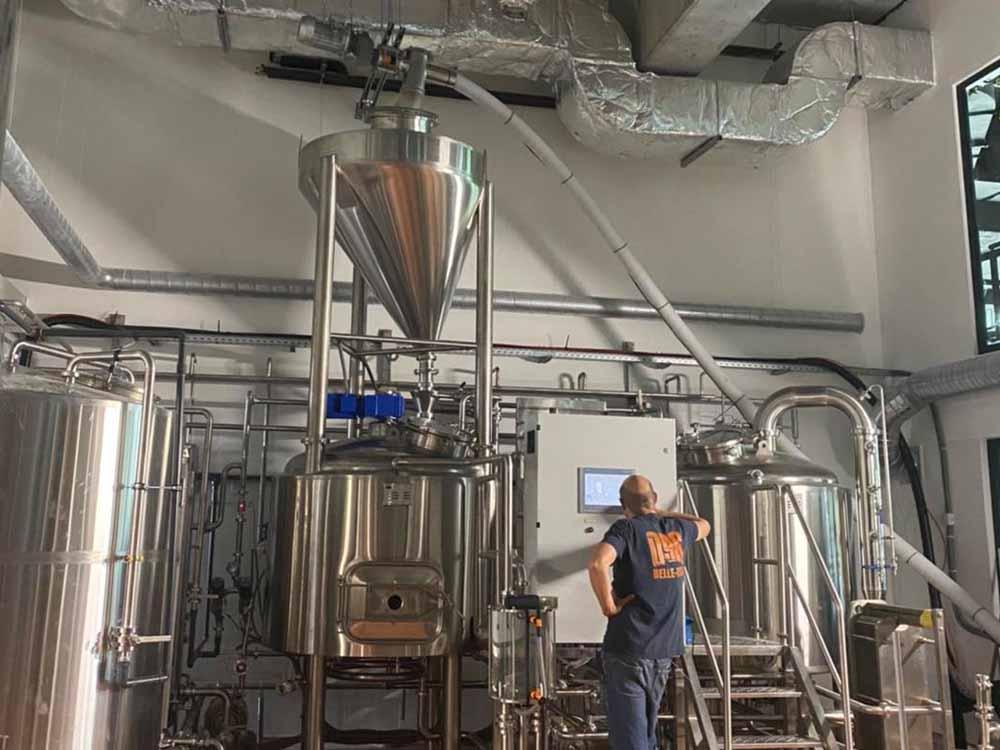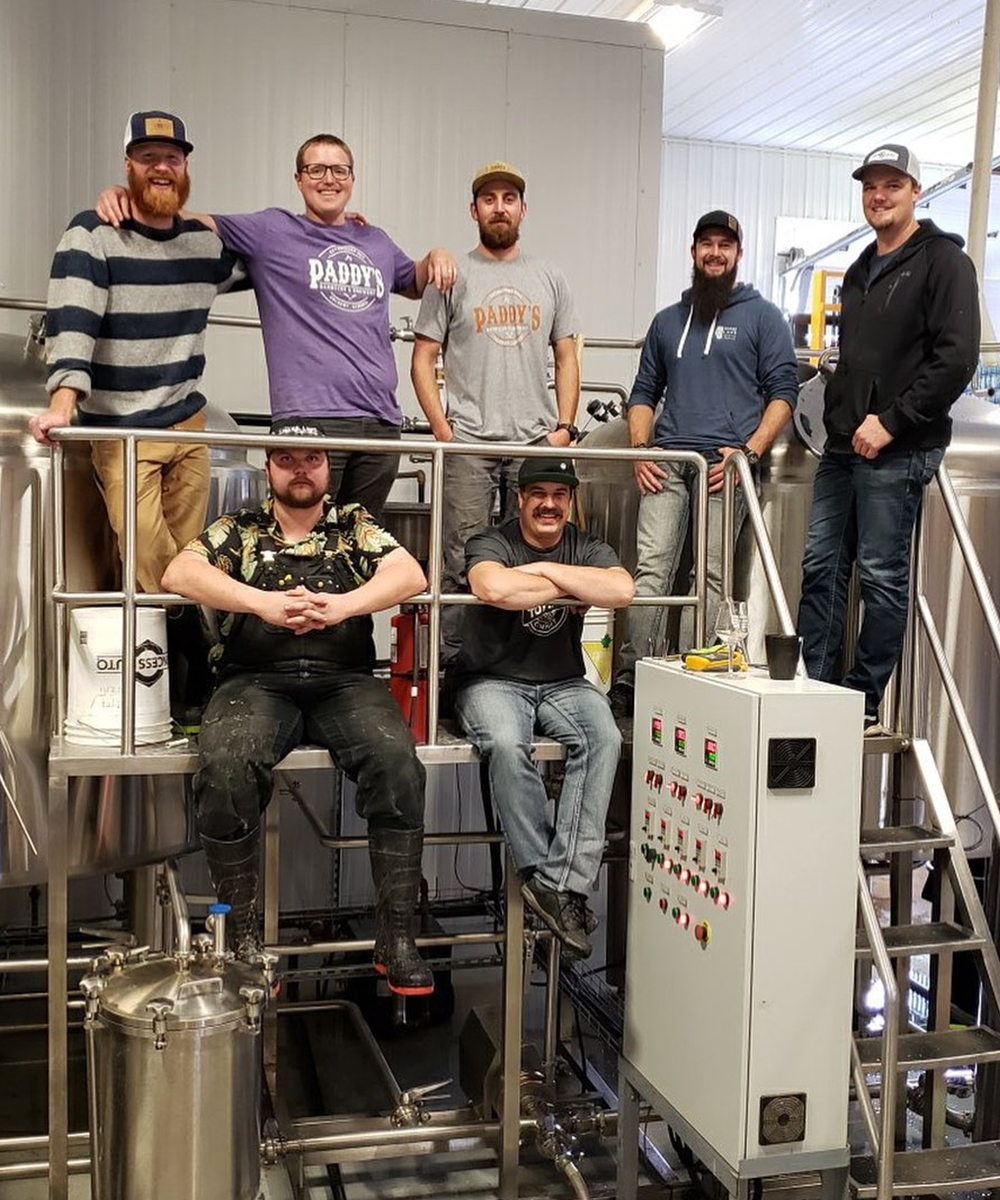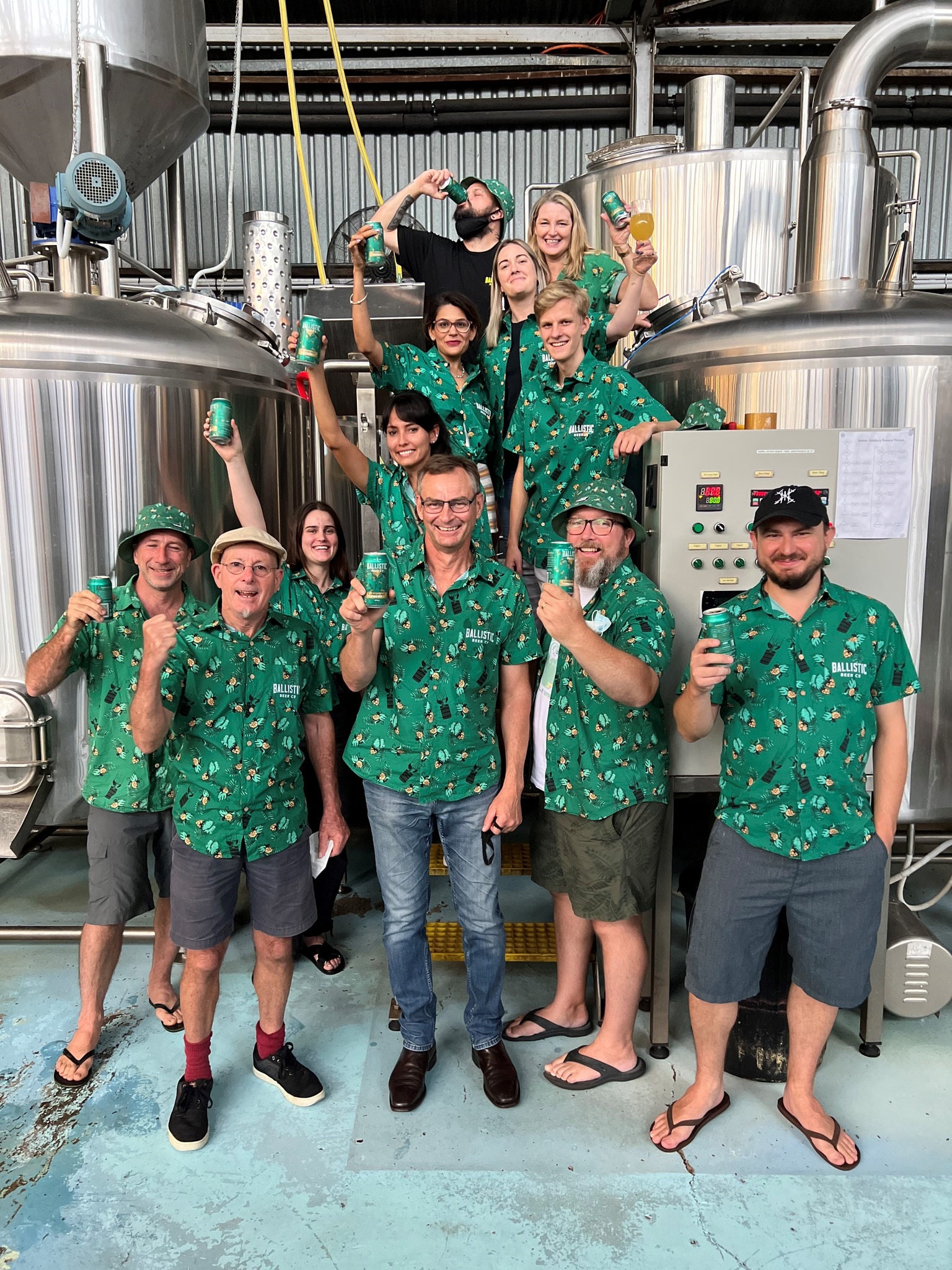
Crisp, clean and delicate. The perfect balance of malt and hops. By definition, lager is a beer made from bottom fermenting yeast, which prefers to work at a cooler, slower speed. Anyone make your own lager beer as long as you follow some basic principles.
Pick out your yeast and start storing it. Yeast is the key. First, you need a yeast strain for beer. If your packaged yeast does not have enough cells to store beer, you will need a starter. The starter is regarded as the protein powder of yeast; It nourishes the cells, allowing them to multiply and expand until they can better handle the sugar in the wort. The more working cells, the healthier the fermentation.
It is always important to cool the wort. However, because beer yeast is very sensitive to temperature, it is absolutely necessary here. Your beer must be at or below 60 º f (15 º C) before you add yeast starter.
Then, find your thermostatic chamber and start the 3 stages of fermentation. Unlike Ale, lager is fermented in three steps: primary fermentation, diacetyl fermentation and storage (cold storage). Let's go through them one at a time.
1. Primary Fermentation
Where sugar turns into carbon dioxide and alcohol. We suggest that yeast be added at low temperature, which will slow down the fermentation rate and prolong the time for yeast to metabolize diacetyl. Your final brew must be clean and clear.
2. Diacetyl Rest
At this stage, let your beer rise to room temperature and leave it idle for three days. Diacetyl rest is where your yeast cleans itself. In the primary fermentation process, the yeast will go all out, and, like a person, it will sweat a little during this process. This sweat occurs in the form of (and other odors) diacetyl, which produces a butter / butterscotch flavor. It sounds delicious in theory, but it eventually competes with the crisp and clean bill of beer.
During diacetyl rest (also known as ripening), yeast breaks down these odors to ensure a more pure taste. Think of it as spring cleaning in beer.
3. Storage
At this stage, the protein, yeast and other particles in your beer will gather at the bottom of the fermenter. This is the most important step in terms of temperature. In order to clarify your beer quickly and effectively, please try to keep it below 40 ºF. Commercial breweries tend to store beer slightly above freezing point. Now you have to wait. Because beer fermentation has more stages than beer fermentation, the time range is expanded.
Still having problems? So we have some very experienced brewers and engineers on staff that can help you make your final decision. Don't hesitate to reach out at [email protected].










Get A Quote